May 13th, 2011 by Ross Edwards
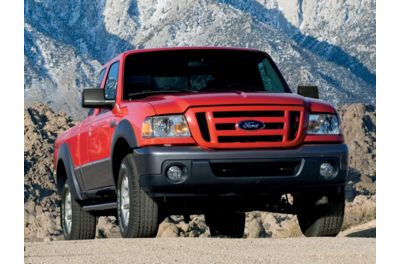
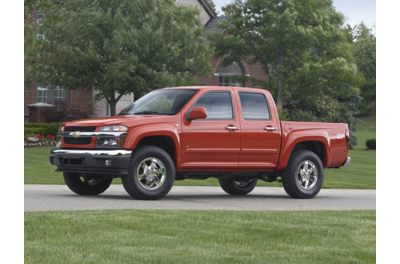
The 2011 Ford Ranger and 2011 Chevy Colorado are the only two small pickup trucks still sold in America. Former competitors like the Toyota Tacoma, Nissan Frontier and Dodge Dakota have all grown to midsize trucks, leaving just the Ranger and Colorado in the compact truck segment. The Ford Ranger is a much older design than the 2011 Chevy Colorado and will be discontinued after the 2011 model year, leaving Chevrolet with a monopoly of the small truck market.
Both the 2011 Ranger and 2011 Colorado are available in two- and four-wheel drive, and in both cases the trucks are significantly different depending on which you pick.
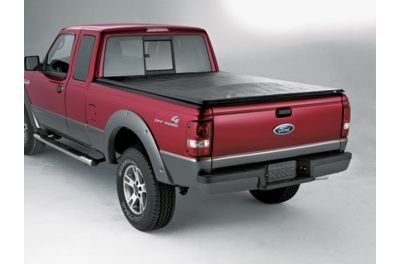
The Ford Ranger two-wheel drive is available with a 2.3-liter four-cylinder engine or a 4.0-liter V6. Either engine can be equipped with automatic or five-speed manual transmissions. Most two-wheel drive Rangers come equipped with a coil spring front suspension, though Sport models come equipped with the four-wheel drive model’s torsion bar front suspension. Four-wheel drive Rangers are only available with the 4.0-liter V6 and the torsion bar front suspension.
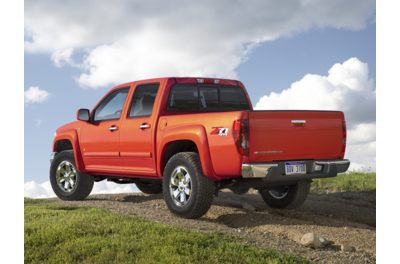
The Chevy Colorado two-wheel drive model is also available with either a coil spring or torsion bar front suspension. Chevy offers the two-wheel drive Colorado with a either a 2.9-liter four-cylinder or a 3.7-liter five-cylinder engine. Four-wheel drive Colorado models come only with the torsion bar suspension and can be equipped with the four-cylinder or the five-cylinder engine. The four-cylinder Colorado engine can be equipped with either an automatic transmission or a five-speed manual. The five-cylinder can only be equipped with an automatic.
The 2011 Ford Ranger 2.3-liter four-cylinder engine makes 143-hp and 154 lb.-ft of torque. With the five-speed manual and two-wheel drive, the Ranger is rated at 22-city and 27-highway miles per gallon. The 2011 Chevy Colorado 2.9-liter four-cylinder engine has 185-hp and 190 lb.-ft of torque with an 18-mpg city rating and 25-mpg highway.
The more powerful 2011 Ford Ranger with a 4.0-liter V6 makes 207-hp and 238 lb.-ft of torque, and is rated at 16 city and 21 highway MPG. The five-cylinder 2011 Chevy Colorado makes 242-hp and 242 lb.-ft of torque and gets 17 -mpg city and 23-mpg highway.
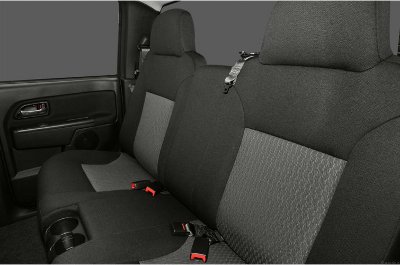
The 2011 Chevy Colorado Crew Cab rear seats (above) provide much more comfort than the jump seats available in the 2011 Ford Ranger Supercab (below).
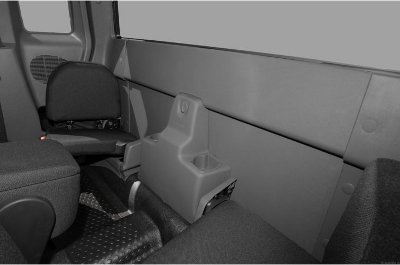
Inside, the 2011 Chevy Colorado and 2011 Ford Ranger are pretty well matched, the main difference being that the Colorado is available in a four-door Crew Cab body, while the Ranger is limited to a small Supercab with side facing jump seats, so buyers who need to bring several people or a lot of gear in the cab of their truck will have an easy decision. Front seat head room in the 2011 Chevy Colorado is 39.3 inches, in the 2011 Ford Ranger it is 39.2. Front leg room is 42.4 in the Ranger and 42.2 in the Colorado. Rear head room in the Crew Cab Colorado is 38.3 inches and rear leg room is 34.8 inches, compared to 33.2 inches of head room and 39.1 inches of leg room in the back of the Ranger.
